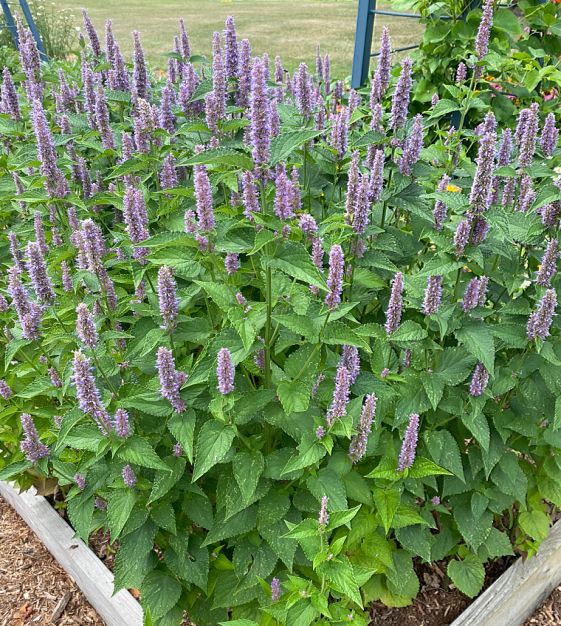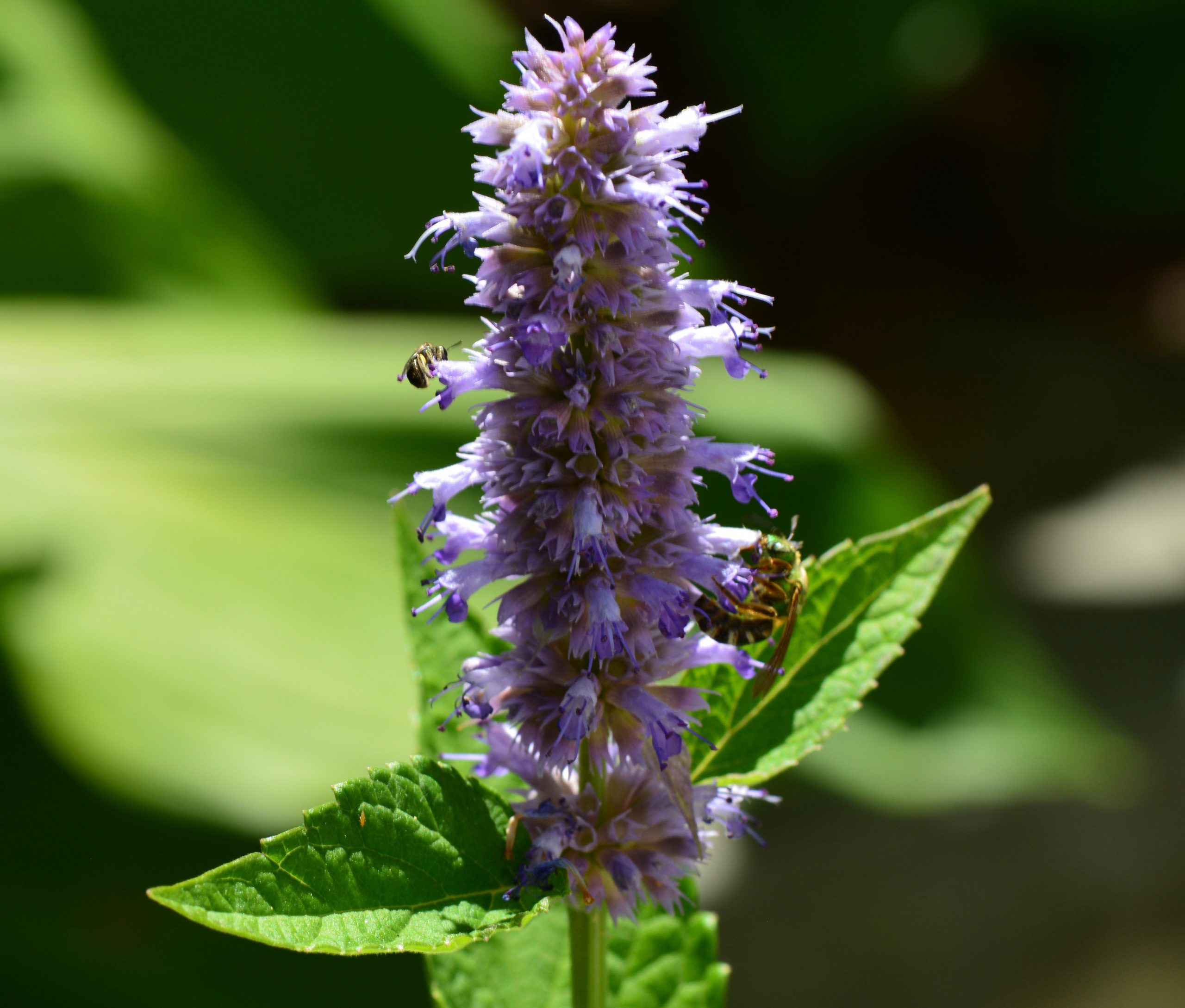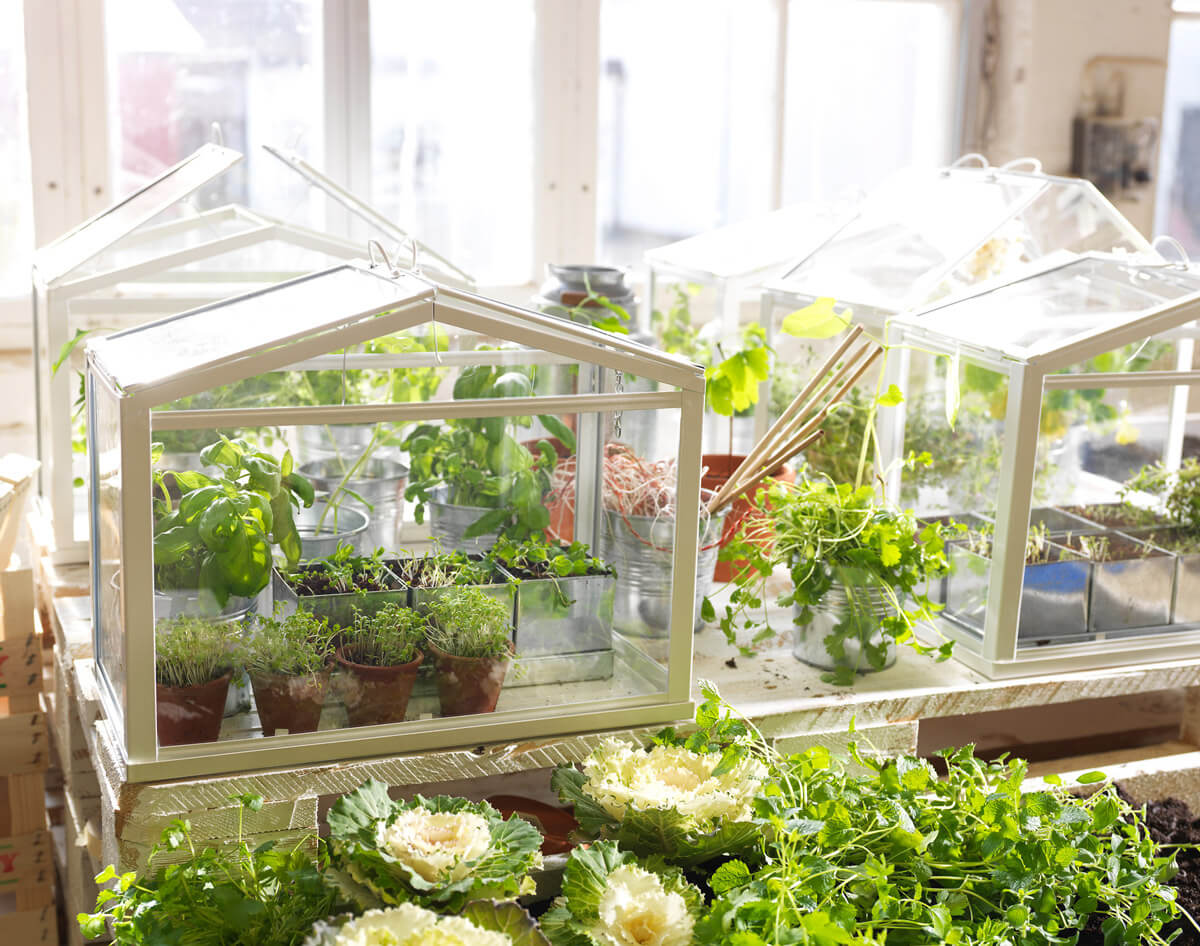Anise Hyssop: How This Herb Transformed My Garden and Health Fast

When I first stumbled upon Anise Hyssop years ago, it was one of those unexpected garden treasures that quietly earned its place—not by shouting for attention but by steadily becoming a favorite companion. If you’re thinking about adding this herb to your space, consider me your gardening buddy who’s been through the trial and error, here to gently walk you through what truly matters.

Getting to Know Anise Hyssop: Your Garden’s Quiet Star
Imagine a plant that doesn’t ask for much but rewards you abundantly—that’s Anise Hyssop (Agastache foeniculum). It’s a perennial with delicate spikes of purple flowers that nod in the summer breeze and leaves that carry a soft licorice scent when brushed between your fingers. When I first planted mine back in 2019, I was surprised how after just a couple of months the flowers were crawling with bees and butterflies—it felt like inviting nature over for tea.
The key? Sunlight. This herb thrives best basking in at least six hours of direct sun each day paired with soil that doesn’t hold water like a sponge. In my early attempts, planting it near a shaded hedge led to spindly stems and fewer blooms — lesson learned: give it space and light to shine.
How Does It Look and Fit Into Your Garden?
Picture an upright plant reaching anywhere from 2 to 4 feet tall. Its leaves aren’t just green foliage; they have finely serrated edges and release that subtle sweetness when touched—a sensory cue that always delights guests who stop by. The purple flower spikes often last well from mid-summer through early fall, acting as little beacons for pollinators.
If you’re new to gardening, visual identification is sometimes confusing. When I was starting out, I’d mistake seedlings or occasionally neglect them because they looked fragile. One tip—if the leaves smell faintly like black licorice (not mint or basil), you’re on the right track.

Growing Anise Hyssop Without Overcomplicating Things
You don’t need fancy gadgets or elaborate routines. Here’s what worked consistently for me across three growing seasons:
- Seed Timing: Start seeds indoors roughly 6-8 weeks before your last frost date. My go-to method involved shallow trays with seed starter mix—just keep them moist but not soggy.
- Transplanting: Once danger of frost passes and seedlings display two or more true leaves, move them outdoors into sunny spots with loose soil enriched slightly with compost.
- Spacing: Give each plant room to breathe—about 12 to 18 inches apart avoids overcrowding while encouraging airflow.
- Water Strategy: Water steadily until roots take hold; after that, taper off slightly so the plants get used to drought conditions rather than constant wetness.
- Deadheading: I learned keeping old flower stalks trimmed not only made the patch look tidier but practically doubled bloom time.
- Winter Prep: In colder climates (zones 3–5), a modest layer of mulch around the base protects roots without smothering growth come spring.
Something I’ve noticed after experimenting with different soil types: Anise Hyssop isn’t super demanding but appreciates some organic matter — mixing in about two handfuls of compost per planting hole made plants noticeably lusher compared to bare earth.
Bringing Anise Hyssop Indoors: Cooking & Teas That Comfort
The moment I brewed my first cup of homemade anise hyssop tea was magical—the aroma filled my kitchen like warm vanilla mixed with hints of fresh licorice. Leaves work wonderfully fresh or dried, lending gentle sweetness without overpowering other flavors.
Here are some personal favorites from my kitchen experiments:
- A handful of chopped fresh leaves tossed into summer salads adds surprising brightness without stealing center stage.
- Infusing oil or vinegar with flowers brightened salad dressings beautifully—just steep petals lightly in warm oil for two hours then strain.
- Baked goods benefit from subtle inclusion too; try folding finely minced leaves into muffins or quick breads at low quantities (start small—you can always add more).
On the herbal side, sipping an infusion during cold season seemed to ease mild congestion and soothe digestion—a small ritual worth trying if you enjoy integrating herbs into wellness routines. Just remember moderation is key; using large amounts occasionally gave me mild tummy discomfort until I found my sweet spot.
What To Watch Out For: Simple Precautions
Anise Hyssop is generally gentle, but having mentored several beginners over time taught me these points matter:
- If you notice any skin sensitivity or stomach upset after use—pause consumption immediately.
- Pregnant or nursing women should talk with their healthcare provider before including it medicinally.
- Avoid assuming more means better—that principle applies here as well.
Treat these guidelines much like reading labels on food packaging; rare issues happen but being mindful ensures smooth experiences.

Real-Life Stories From Fellow Gardeners
Janet once shared she planted Anise Hyssop alongside her tomato patch hoping bees would visit—and they did! But she loved how harvesting fresh leaves turned into calming afternoon teas much more than anticipated—a gentle reminder that sometimes benefits surprise you when least expected.
Mark initially tossed way too much chopped leaf in his salad dressings; his reaction? “That was intense! Next time less is definitely more.” Adjusting dosage became part of his learning curve toward subtle flavor integration.
Linda planted rows along her garden border mainly as pollinator attractors—but deadheading diligently not only prolonged flowering but seemed to reduce certain pests naturally—like creating harmony between beauty and function.
These stories reinforce patience pays off—and little tweaks create big gains over time.

Troubleshooting Blooming Blues & Growth Glitches
If your plant looks weak or refuses to flower:
- Double-check how much sun it actually receives daily; less than six hours usually means slow growth.
- Assess soil drainage carefully—waterlogged roots will complain loudly through drooping leaves or decay signs.
- Avoid fertilizer overdoses—they can cause your plants to focus on lush foliage at expense of flowers.
- Remember regular pruning encourages new blooms—the rule “cut old flowers” has been a game changer in my garden every year since discovery.
One suggestion: adjust one care habit at a time rather than multiple changes simultaneously. That helped me isolate problems faster without overwhelm creeping in.
Ready To Begin? Here’s Your Simple Starter Plan
- Find that sunny patch where water drains swiftly after rainstorms.
- Choose seeds from trusted seed companies—or pick young robust seedlings from local nurseries experienced with native herbs.
- Mark your calendar around expected last frost dates using local extension service recommendations—they’ll keep timing on point!
- Prepare soil gently by loosening surface layers and mixing in compost for nutrient boost
- Start indoors if possible then transplant once seedlings feel ready outside
- Keep envisioning how this lovely herb will brighten your tea cups, dishes, or garden atmosphere—it really helps stay motivated on care days!
In my years nurturing Anise Hyssop alongside many other herbs, what resonates most is its blend of dependability and quiet rewards—not flashy achievements but steady satisfaction growing right before your eyes. It teaches patience yet welcomes both novices and seasoned gardeners alike because success comes step by step regardless of experience level.
So don’t hesitate—next season could be yours for savoring fragrant mornings surrounded by buzzing bees attracted right outside your window thanks to this humble yet brilliant herb!
Questions pop up anytime? Reach out—I’m here rooting for you as you grow what feels meaningful both inside and out!



